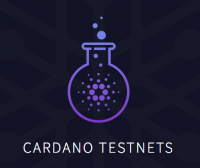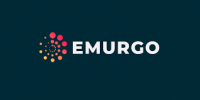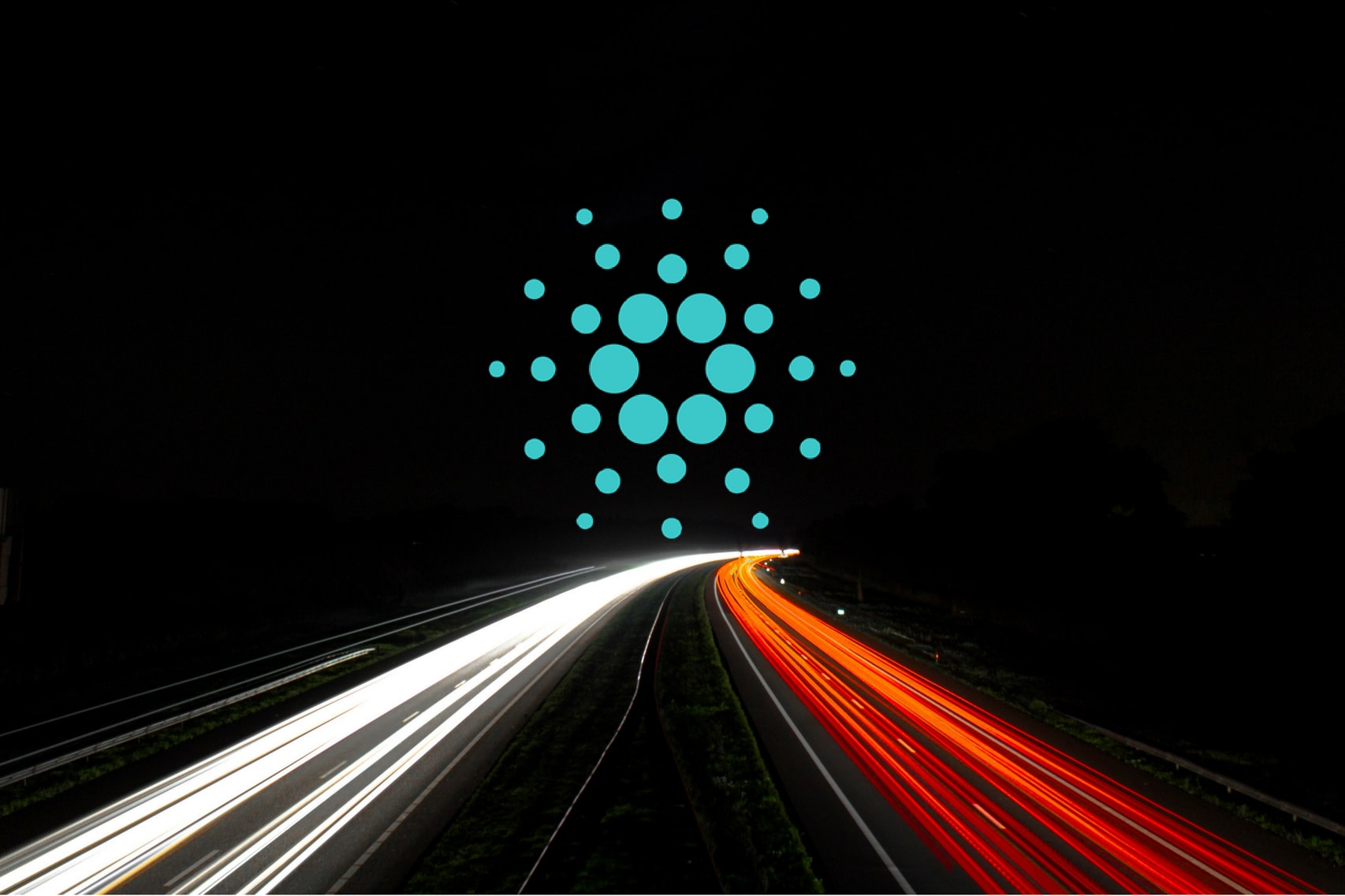The Cardano team set some ambitious goals for 2018, including the rollout of a system for smart contracts that, if successful, will represent several improvements over the Ethereum blockchain. In addition, Cardano is working on the implementation of a theoretical model for Proof-of-Stake named Ouroboros which is purported to be the most secure out there.
Former Ethereum developer Charles Hoskinson, effectively the leader of Cardano, has not been shy about touting the supposed superiority of Ouroboros. Hoskinson stated in April that Proof-of-Stake “is solved.”
Cardano seems to hope that substantial improvements over Ethereum both in terms of a consensus protocol and a smart contract platform will be enough to overtake Ethereum’s position as the top application platform. Of course, a number of other platforms are currently aiming to do the same, but Cardano is unique among them with their large network of researchers and an academic approach that includes rigorous peer review.
This thorough and methodical design philosophy, however, is not the fastest. This leaves many Cardano investors eagerly awaiting updates.
At the time of our last update, there were a host of features planned for Q1 and Q2—so how is the Cardano team doing on delivering on these goals?
Cardano Accomplishments in 2018
Launch of Virtual Machine Testnet

On May 28th, the first testnet of Cardano’s virtual machine was launched. The Ethereum virtual machine (EVM) is what allows the execution of smart contracts on the Ethereum blockchain, and Cardano is developing a variation based on the “K” programming language (KEVM). This testnet was given the moniker “Goguen,” named after the visionary computer scientist Joseph Goguen.
The launch of the test net is important for several reasons, and ADA saw a short-lived rally in the midst of the bear market after the launch of the KEVM. This is understandable, given that it meant the first instance of living, breathing smart contracts on the Cardano network.
One of the advantages of Cardano’s smart contract system is the separation of accounting and computing—for many applications, you may not want people to know exactly how much money is being handled by a contract.
Daedalus Wallet Features
A functional wallet is pretty essential for a new currency. The Cardano wallet up until now has left a lot to be desired, and the Cardano community has been requesting more features. The team is responsive, which shows a good dynamic between the developers and the community. The Cardano developers are putting in a lot of time to roll out new features and optimize the performance of the Cardano wallet, nicknamed Daedalus.
Those who have downloaded the Daedalus wallet may recall that the process of syncing can be time consuming. As of April, the software has been updated to streamline this process. The wallet previously also had some lag in showing wallet balance after being refreshed, which has now been fixed.
Paper wallets are also now enabled, which is an essential feature for those who are long on Cardano.
Partnerships and an Expanding Global Presence
Cardano is taking a wise approach with its partnerships. Hoskinson recently visited Africa and signed a preliminary agreement with the government of Ethiopia to set up a training center and recruit local talent to work on Cardano.
The roadmap also contains plans to set up a research and development center in Vietnam that will specialize in APIs and tools for developers.
This approach has a lot of potential for several reasons:
- Expenses, including labor, are relatively low in places like Ethiopia and Vietnam.
- By offering training and incentives to local programmers, IOHK can rapidly grow the base of developers familiar with their software stack.
- These countries, racked by inflation, stand to gain big from the growing crypto economy. This means local demand for blockchain-based applications is likely to be high in coming years. Having a strong local presence could be a big boon.
Emurgo and Supporting the Growth of the Cardano Ecosystem

Emurgo, the Japan-based investment arm of Cardano, has been active, investing in startups that will be building real applications to run on Cardano. Among these is Traxia, a trade finance startup working on securitizing unpaid invoices.
Emurgo has also announced partnerships with Sirin Labs, which is producing a smartphone designed especially for cryptocurrency users named FINNEY, which will feature native support for ADA.
Emurgo also announced a partnership with the Tokyo University of Science to hold a number of lectures on campus to raise awareness about Cardano.
Partnership with Metaps

Cardano is hoping to get some good publicity in Korea as a result of being integrated into Metaps Plus, one of the biggest mobile payments platforms in Korea. As a result, ADA owners will be able to spend ADA at some 33,000 retailers across the country.
The Best is Yet to Come
Expansion of Testnet Features
The KEVM is the base for the IELE virtual machine, which is scheduled to launch on July 30th.
The IELE is based on the low level virtual machine (LLVM), which will theoretically enable compiling smart contracts written in various programming languages.
The Long View: Sidechains and Quantum Resistant Signatures
Eventually, the testnet will become a side chain linked to the Cardano Settlement Layer (CSL), the Cardano main chain. The Cardano implementation of sidechains is also nearly complete, according to the roadmap. This is a major element of scalability, and along with quantum resistant signatures is another example of the Cardano team’s long-term focus.
Moves Towards Decentralization and Preparation for Staking
Moving the network towards more decentralization is a major goal in the current phase of Cardano development. As is typical of the project, they are taking a rigorous, academic approach to the transition. Cardano is working with game theory and economics experts on the release of a paper that will outline their vision of how to establish sustainable staking incentives to avoid excessive centralization of the network. This paper should be released within the next month or two, and will outline exactly how staking is going to work.
Further Wallet Improvements and Features
While some of the basic wallet improvements have been released already, others are yet to come. As a whole, these upgrades will form the basis for supporting other features like multisignature transactions, mobile wallets, and simplified APIs.
Cardano is also collaborating with Ledger, the manufacturer of the Nano wallet, to produce a hardware wallet. No exact date has been scheduled for release at the time of writing.
Accelerator Program in Hong Kong
In the coming months Emurgo will establish a co-working space and an accelerator program providing funds and advisory assistance to entrepreneurs and developers.
Solid Footing and a Clear Vision
The focus on sidechains as well as quantum resistance shows that Cardano is really playing the long game. Developing a blockchain application is a big investment, so it is essential to inspire confidence among both developers and investors about the sustainability and security of a blockchain ecosystem. It appears that Cardano is making all the right moves to do so.
This long-term game plan is not limited to technology, however. While Cardano’s technology in itself is quite promising, perhaps the most important development is the many investments being made in terms of human capital. These investments take the form of various initiatives for training, collaborating with, and supporting developers and startups.
The idea is that these individuals and companies will form the backbone of the Cardano community in the coming years, and form a fertile substrate for Cardano to retain and expand its position as a major player in the cryptocurrency world, and beyond.
Related: 10 Cryptocurrencies with the Most Supportive Communities

